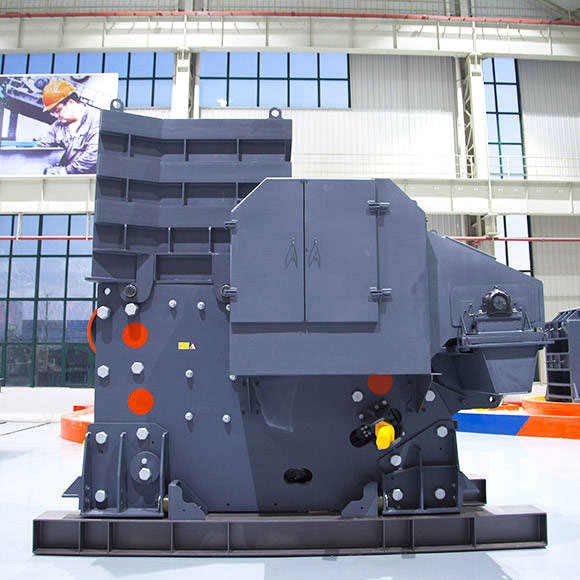A jaw crusher is a crucial piece of equipment in the aggregate processing industry, specifically designed for crushing large stones and rocks into smaller, more manageable pieces. When it comes to sand and gravel production, the capacity of a jaw crusher plays a pivotal role in determining its efficiency and effectiveness in processing materials. In this discussion, we’ll explore the factors that influence jaw crusher capacity for sand and gravel applications.

1. Feed Size: The size of the material entering the jaw crusher significantly affects its capacity. Larger pieces of rocks or stones may require more time and energy to break down, impacting the throughput of the machine. Therefore, understanding the feed size distribution is essential for optimizing the crusher’s performance.
2. CSS (Closed Side Setting): The closed side setting is the smallest gap between the wear plates or jaws of the crusher. Adjusting the CSS can influence the product size distribution and, consequently, the capacity of the jaw crusher. A smaller CSS generally produces finer materials but may reduce the overall capacity.
3. Eccentric Throw: The eccentric throw, or the throw of the crusher, is the distance the swing jaw moves back and forth. A longer throw increases the capacity, as it allows the material to be crushed more effectively. However, it’s essential to balance throw and speed to ensure optimal performance without sacrificing product quality.
4. Stroke and Speed: The stroke of the crusher refers to the vertical movement of the jaw. Combining a longer stroke with an appropriate speed can enhance the crusher’s capacity. However, finding the right balance is crucial to avoid excessive wear on the crusher components.
5. Material Hardness and Abrasiveness: The hardness and abrasiveness of the sand and gravel materials affect the wear rate of the crusher components, such as jaw plates and liners. Harder materials tend to wear down the surfaces more quickly, potentially reducing the crusher’s capacity over time.
6. Moisture Content: High moisture content in the feed material can lead to material sticking to the crusher components, reducing its efficiency and capacity. Drying the material before processing or choosing a crusher with features to handle moist materials can help mitigate this issue.
7. Chamber Design: The design of the crushing chamber also influences the crusher’s capacity. A well-designed chamber ensures that the material is effectively processed and that the crusher operates at its maximum efficiency.
8. Power and Drive System: The power and drive system of the jaw crusher are critical for its capacity. Efficient motors and a robust drive system are necessary to handle the workload and maintain a steady throughput.
The capacity of a jaw crusher for sand and gravel applications is influenced by various factors. Understanding and optimizing these factors, such as feed size, CSS, eccentric throw, stroke, material properties, moisture content, chamber design, and power systems, are crucial for achieving maximum efficiency and productivity in aggregate processing operations.
